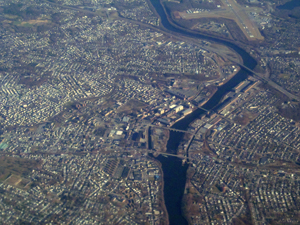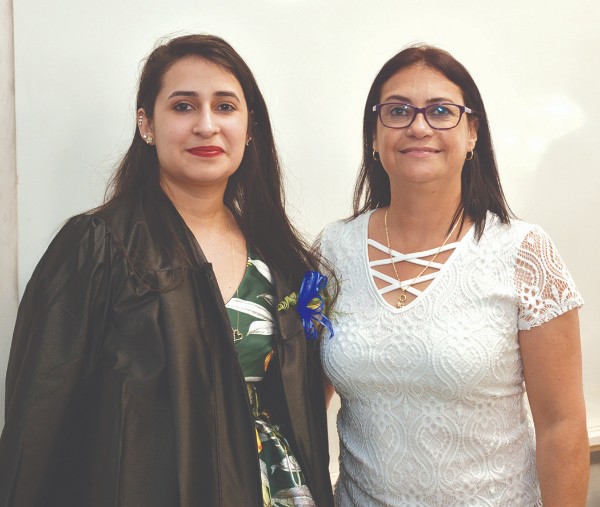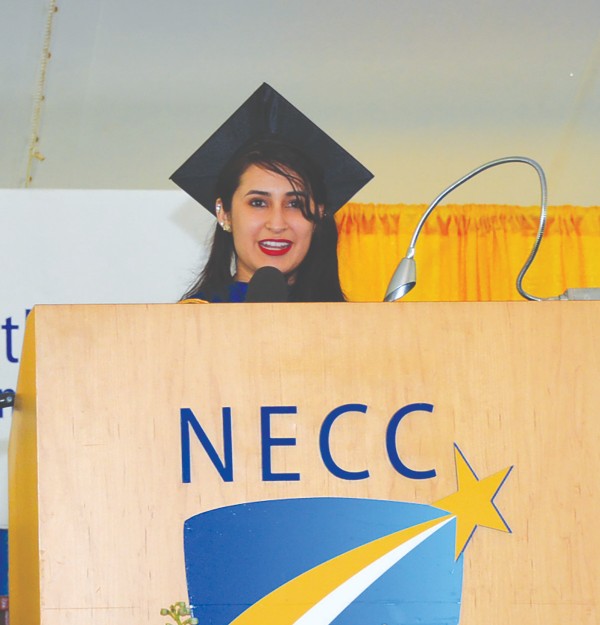
By Frank Bonet
According to the National Surveillance of Asthma, the prevalence of lifetime and current asthma among adults was higher in Massachusetts than the nation. The prevalence of asthma in Massachusetts is among the highest reported for states. In 2015, approximately 10.5% of people in Massachusetts – 10.2% of adults and 12.9% children – had asthma. When asthma is not well controlled or very poorly controlled, people experience frequent symptoms that can interfere with their lives. Most adults (73.7%) and children (66.2%) with asthma were classified as having not well controlled or very poorly controlled asthma on average from 2006-2010.
Close to half (41.1%) of children with current asthma were unable to go to school or daycare for at least one day during the past twelve months due to asthma. Adults ages 65 years and older had the 2nd highest rate of hospitalization due to asthma. The prevalence of current asthma in Massachusetts was higher among Black, Non-Hispanic adults (13.8%) than White, non-Hispanic (10.4%) adults, whereas the prevalence of current asthma among adults was similar across race/ethnicity subgroups in 2015.
Among children in Massachusetts, the prevalence of current asthma was higher among Black, non-Hispanic and Hispanic children than White, non-Hispanic children. The total charges for hospitalization due to asthma in Massachusetts increased 82.5% from $57 million in 2002 to $104 million in 2013.
In 2017, the Massachusetts Behavioral Risk Factor Surveillance System reported Lawrence with the second highest, behind Holyoke, of asthma prevalence from 2013-2015. In 2017, Lawrence kids had 17% asthma rate; the highest rate in Essex County.
In 2013, public insurance (including Free Care, Medicare, and Medicaid) was the expected payer for 66.61% of hospitalizations due to asthma.
Besides educating people on the perils of smoking and persuading businesses to go green, what else has Lawrence done to combat high air pollution levels in the city for our children and elderly’s health?
The Commonwealth of Massachusetts aid for local roads includes a weighting for lane-miles. Dense, urban, Lawrence receives half as the funding per-capita ($17) as expansive, well-off communities such do; such as Concord ($38) or Lincoln ($40). According to the DOT’s website, the formula they are using, to provide funding to cities, was developed by the Legislative Rural Caucus of the Transportation Committee. Basically, Lawrence receives less money for its street than other communities that are wealthier or have more streets versus the population of the city or how much the roads/streets are utilized.
According to the MassAnalysis Benchmark, with over 12,000 people per square miles (80,000 total population) Lawrence has a total amount of registered vehicles at a bit over 42,000. That’s 51% of the people of Lawrence owning vehicles. Over 22,000 of those vehicles are automobiles, 700 are heavy trucks, 14,000 are light trucks, 3,000 are luxury vehicles, 500 motorcycles, and a mixed of trailers and other vehicles make up the rest of the difference. What makes these numbers correlate is that all the vehicles mentioned above, in Lawrence, are gas or diesel powered operated vehicles. Gas operated vehicles produce carbon monoxide, nitrogen oxides, particulate matter, and unburned hydrocarbons that contribute to air pollution. Most consumers use gasoline in cars, light trucks, and motorcycles, but they also use it in small aircraft, boats and other watercraft, and landscaping and construction equipment.
There may be 10 or fewer electric vehicles (EV) in the city. I provide these numbers as an introduction into possibly having the city provide residents with incentives to electric vehicles (EV) and other renewable energy type inclusions into Lawrence.
Bringing Lawrence into the 21st century would require, among many things, free parking for electric vehicles, free parking while charging, parking spaces for EV, and reduced parking fees for EVs in public lots.
However, the most motivating factor for residents of Lawrence to own EV would be for the city to provide some tax incentive such as; reduction in connection charges of permits, local grants/incentives to support the installation of home or workplace charge points, municipal support for the installation of on-street charging points, municipal requirements that commercial properties install EV charging stations, the municipal requirement that building code requires parking garage owners to install EV charging stations, time-of-use pricing for EV charging lower rates during an off-peak time, direct subsidies for EV purchase or lease, exemption reduction on local taxes for EV ownership, excise tax, etc., discounts for EV owners at other local public activities, and much more.
Asthmas are triggered by hazardous substances (such as gas and carbon monoxide), second-hand smoke and smoke in general, pets, bugs, dust mites, and allergies. In putting together a policy and strategy of EV would, over the course of years, reduce the amount of pollution in the city and offer some relief, by reducing the exposures to asthma triggers, to the thousands of children and elderly who suffer from asthma.
A bill that would tax carbon dioxide emissions from oil, natural gas, and coal in Massachusetts has 107 co-sponsors in the 200-member state Legislature – all of them Democrats, so getting ahead of the curve for both reducing the amount of carbon in our city and allowing our residents incentives to moving into EV would save lives and money. So I challenge the council to look into the possibility of implementing effective and sound policies for electric vehicles in Lawrence and making Lawrence a model Massachusetts City for EV policies.




